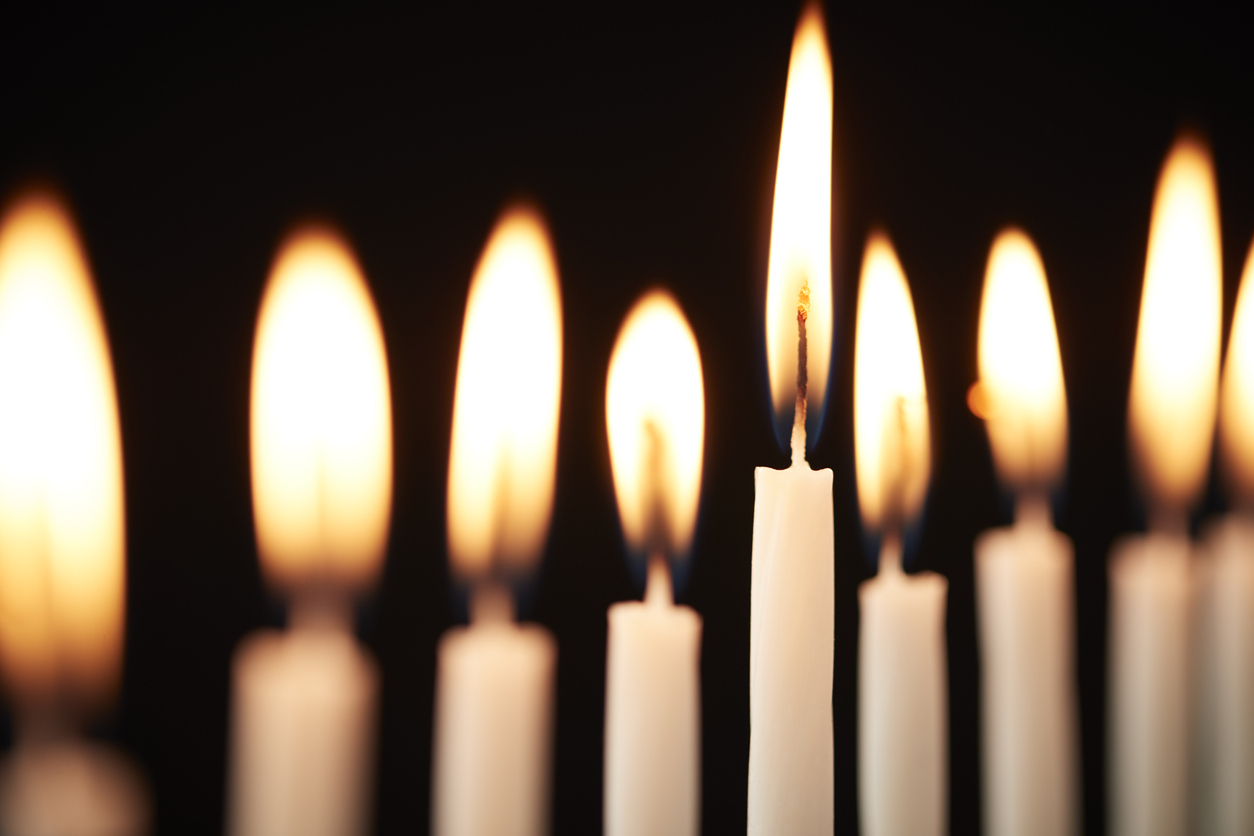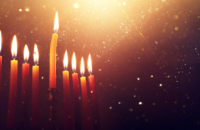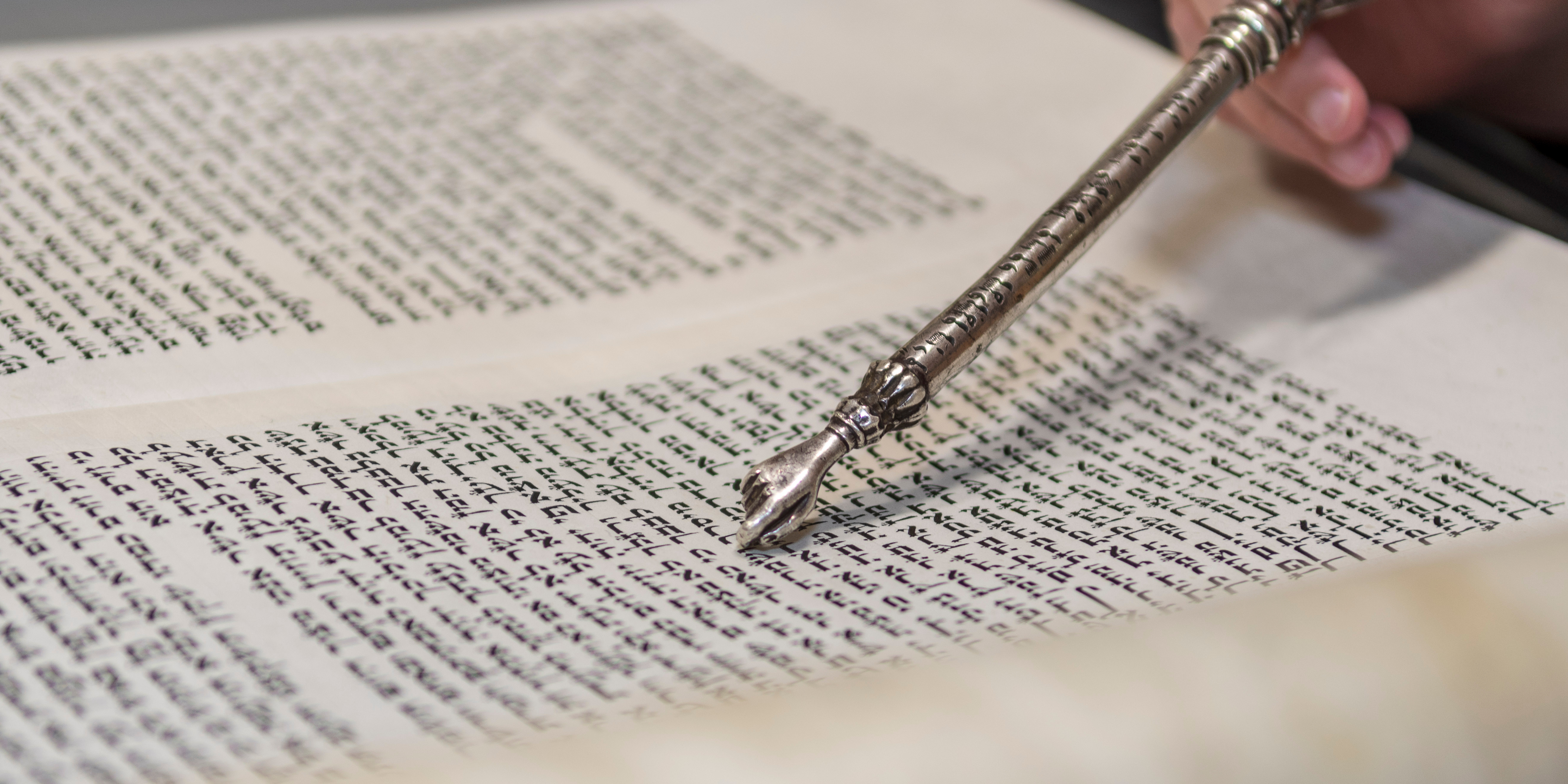The Origins of Chanukah

We all know the story of why we celebrate Chanukah for 8 days, right? The Maccabees recaptured the temple from the Greeks, but when they went to light the Menorah, they could only find one tiny jug of pure olive oil, enough for to last a single day. They lit it anyway, and a miracle happened – the oil from the tiny jug lasted for eight days, enough time for more pure oil to be brought to the temple.
This image of kindling hope in the darkness is the main story we tell of Chanukah, but it’s a relatively late addition to the festival, appearing first in the Babylonian Talmud (Shabbat 21b). Theories abound as to why this miracle is first mentioned in the Talmud. My teacher, Rabbi Dr. Judith Hauptman, suggests that they were influenced by the Zoroastrian culture they were writing in, a culture that places a lot of emphasis on holy fire. In such a culture, it makes sense that the rabbis would be looking for their own version of the sacred flame.
Yet if you look at the earlier sources, a different picture appears. The books of Maccabees 1 and 2 place more emphasis on the military victory, and in fact, 2 Maccabees 10 (originally written in Greek) offers a rather different origin story for the eight days:
“They rededicated the Temple on the 25th day of the month of Kislev, the same day of the same month on which the Temple had been desecrated by the Gentiles. The happy celebration lasted eight days, like the Festival of Sukkot… Everyone agreed that the entire Jewish nation should celebrate this festival each year.”
In other words, Chanukah was originally the festival of Sukkot celebrated a couple of months late! This also rather neatly explains why Chanukah is an eight day festival, to line up with the eight days of Sukkot.
Is this then the true origin of Chanukah?
Our rabbis in the Talmud imagined an even earlier origin, looking back to when Adam experienced winter for the first time (Avodah Zarah 8a):
‘Our Rabbis taught: When Adam saw the day getting gradually shorter, he said, “Woe is me! Perhaps because I have sinned, the world around me is being darkened and returning to its state of chaos and confusion. This then is the kind of death to which I have been sentenced from Heaven!” So he began keeping an eight days’ fast. But as he observed the winter solstice and noted the day getting increasingly longer, he said, “This is the world’s natural course”, and he set forth to keep an eight days’ festival. The next year he appointed both of those eight day periods as festivals.’
While in context the Talmud is explaining the origin of pagan winter solstice celebrations, in doing so they reveal how much Chanukah has in common with those celebrations. When we reach the darkest time of the year, we light candles to bring light and hope back to the world.
While on the surface the story of Chanukah is about resisting assimilation, looking at its complicated history, we can see how much we have ‘borrowed’ from our surrounding cultures. Whether it’s the idea of sacred fire, or the concept of eight days festivities at the solstice, giving Chanukah presents or playing dreidel, like Judaism itself, Chanukah represents our willingness to take the best of what we find in the world and shape it into something Jewish.



